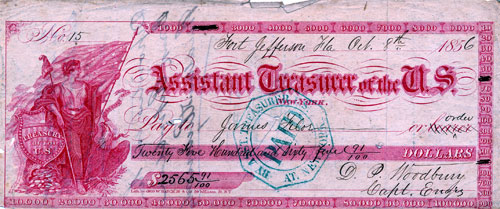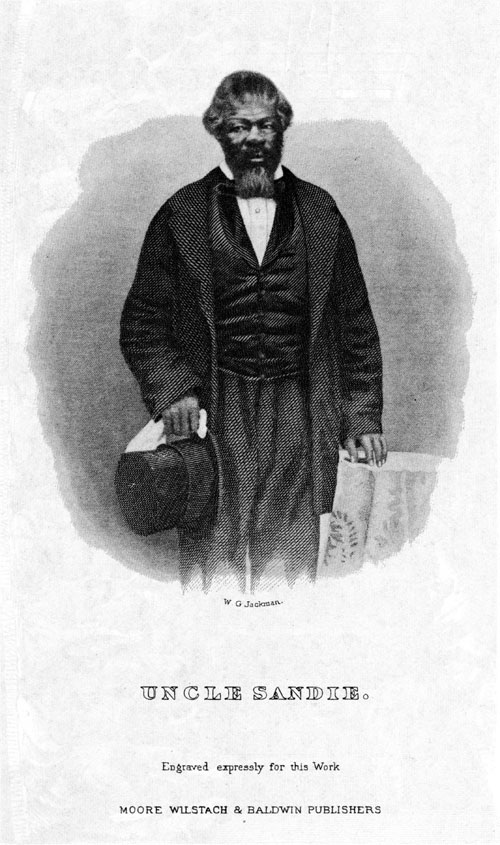A US Treasury check from Captain Daniel Woodbury of the US Army Corps of Engineers to James Filor. DeWolfe and Wood Collection.
James Filor was Key West’s leading slave owner, and for many years he made money from his human property by renting them to the US Government as laborers for the construction of Forts Taylor and Jefferson. This US Treasury check, written to Filor by Capt. Daniel Woodbury of the US Army Corps of Engineers from Fort Jefferson in the Dry Tortugas, is almost certainly payment for the rental of his enslaved people. When President Lincoln issued the emancipation proclamation, Filor knew his income was threatened, and he wrote a letter to the President urging that the Florida Keys be exempted from the new law’s effects (See: https://www.loc.gov/resource/mal.2093400/?st=text).
Source: Florida Keys History Center, Monroe County Public Library.




